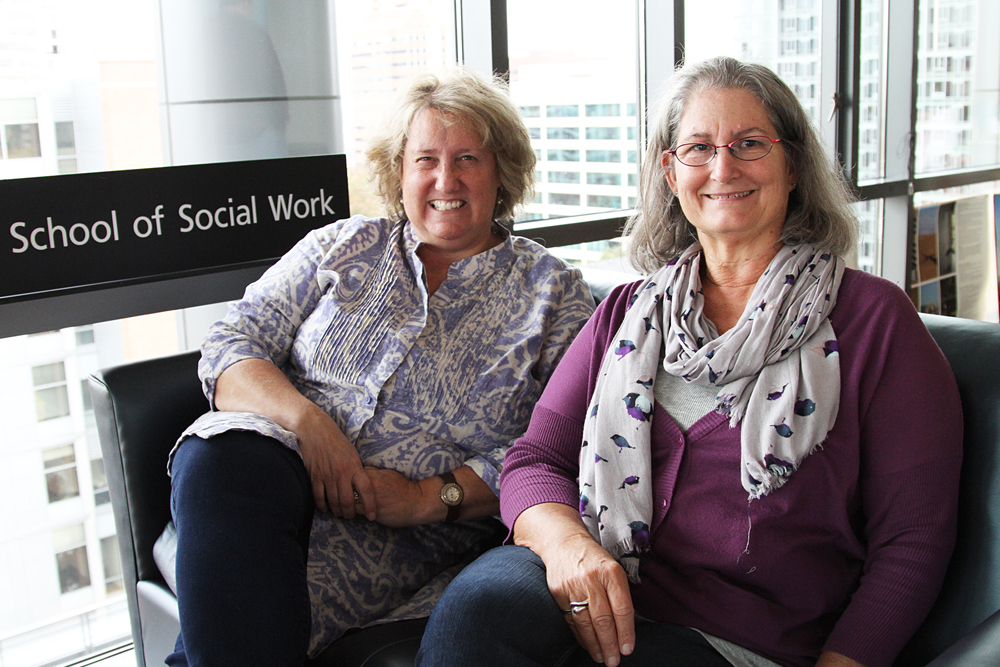Climbers came from Idaho, Washington and various parts of Oregon On the weekend of April 11–12, to compete against one another at the 2015 Rose City Rock Rodeo.
The two-day competition took place here at the Portland State Rec Center. Upon entering the climbing center of the third floor of Campus Rec, I was bombarded with thunderous applause as a climber had just attempted a route. Despite failure to complete said route, everyone in attendance was cheering and supporting the climber.
“You’ve got four minutes,” said an official as the next climber approached the rock wall.
As it was the finals of day one, the climbers were allotted one attempt to complete the course at hand. They were each given four minutes to do so. Once again, everyone that sat within the climbing center was supportive, cheering words of encouragement and motivation. Having yet completed the route at hand, the official gave a one-minute warning. The climber responded with a double thumbs-up and optimistically made another attempt.
It doesn’t seem like that much work because the climbers make it look so easy. But each climber that attempted routes jumped down from the rock wall panting, sweat dripping down their temples and the backs of their necks.
Each route varies in difficulty. A different number of points is attributed to each route based on difficulty. A piece of colored tape is used to distinguish the varying routes, whereas four pieces of tape shaped into a square represent the start and end of each route.
Climbers must start and finish their climb with both hands on the starting and ending pieces. Points will only be granted upon completing the route. I asked Dallas Tate, who helped staff the event, if in order to complete a route the climber had to hang from the final piece.
“Ideally, yeah, you just have to make sure they’re not going to fall [in order to get points for completion],” he said.
Failure to stick to the colored routes is a waste of time. If a climber goes off course, “they have to come back down, it counts as a try,” Tate said. “[But] you can try as many times as you want.”
Although the climbers have unlimited attempts during each heat, they only have so much time.
Day one ran from 9:30 a.m. to 5:30 p.m. and included three 90-minute heats based on skill level. During each of these heats, climbers tried to accumulate as many points as they could in an attempt to qualify for the finals—beginning at 4:00 p.m.
While Saturday was meant for Portlanders alone, Sunday was for Oregon, Washington and Idaho as well. This regional event was put on by the Northwest Collegiate Climbing Circuit. This event ran from 9:00 a.m. to 6:00 p.m. and was set up similarly to Saturday’s event. The day was split into three heats according to skill level in which, again, climbers would accumulate as many points as they could in order to qualify for the finals. However, climbers were allotted two hours per heat instead of 90 minutes like the day before.
Despite competing against one another, climbers from opposing schools helped each other complete routes successfully. There is a lot of strategy and strength that goes into bouldering and having an extra set of eyes to guide you proved to help some climbers get to the top of the wall.
Legs and arms shake as climbers exert all their energy into keeping their body up on the wall and contemplate their next move. They look like spiders on a web, appendages outstretched as far as they can go. The start of one of the routes required a move called a bang hang, which has the climber start by hanging from their feet and beginning the climb that way.







